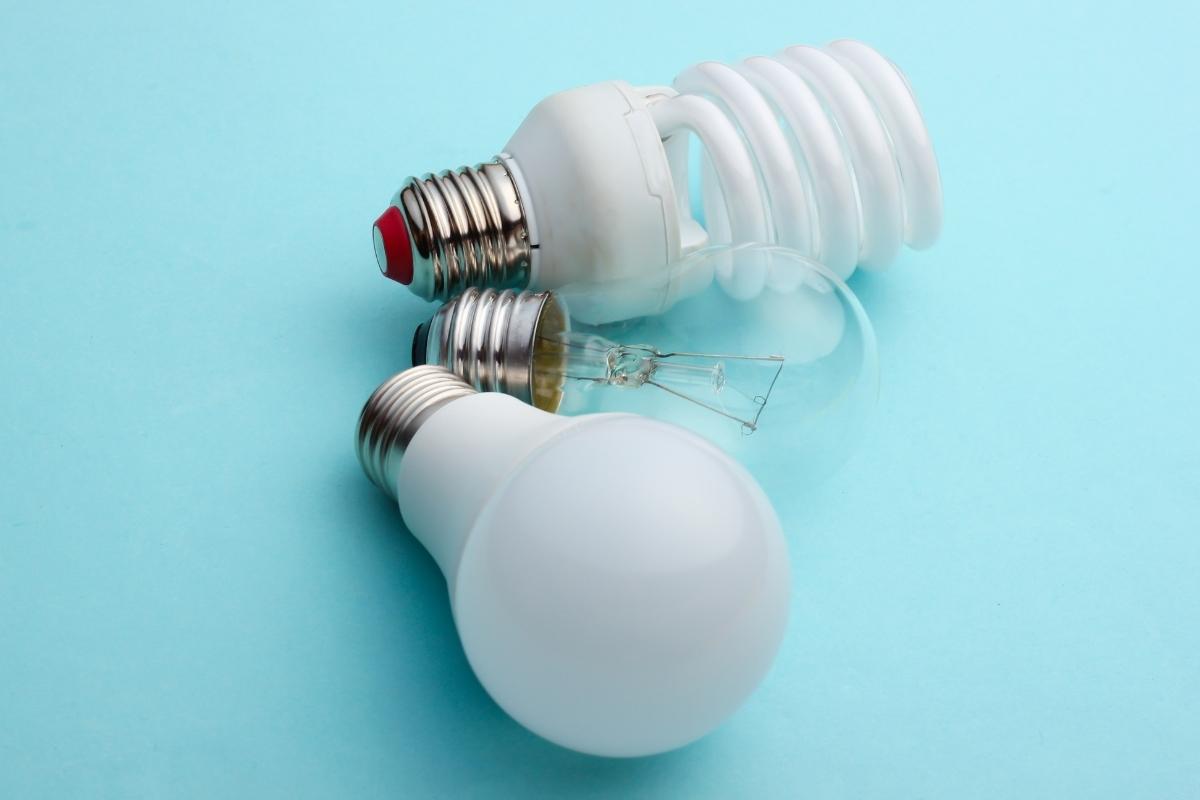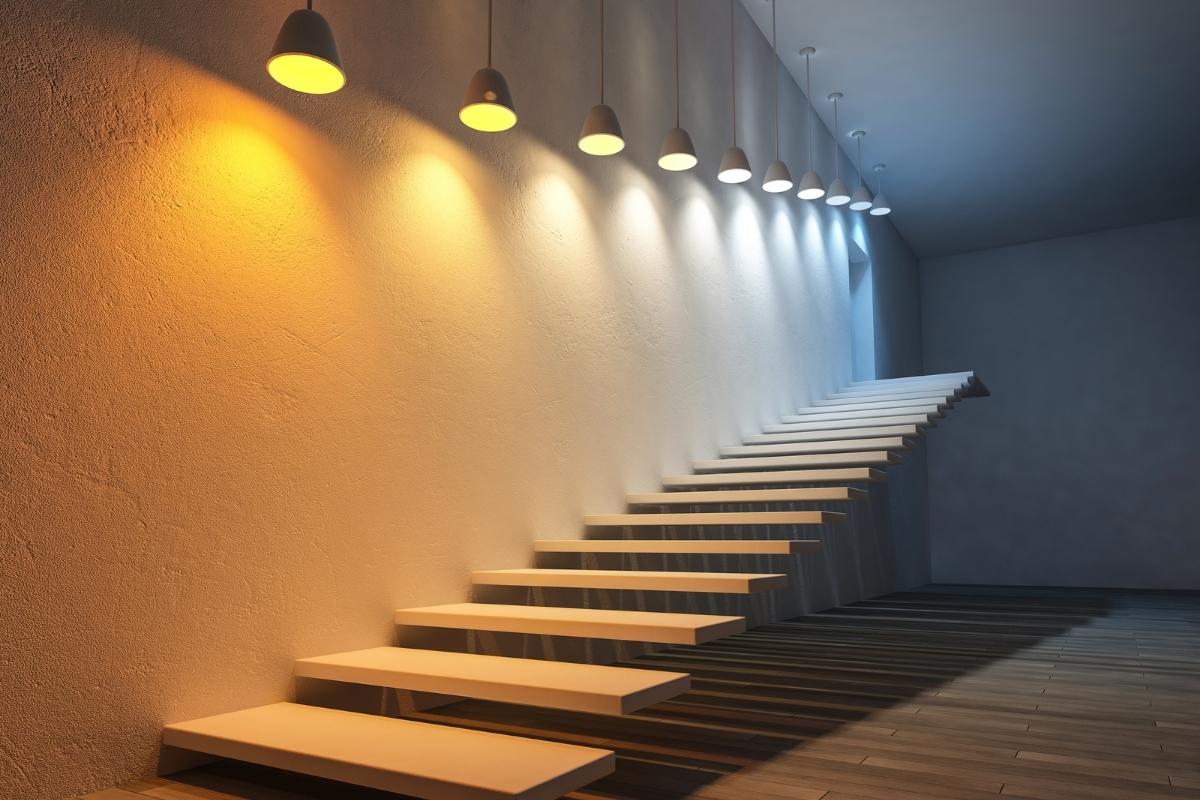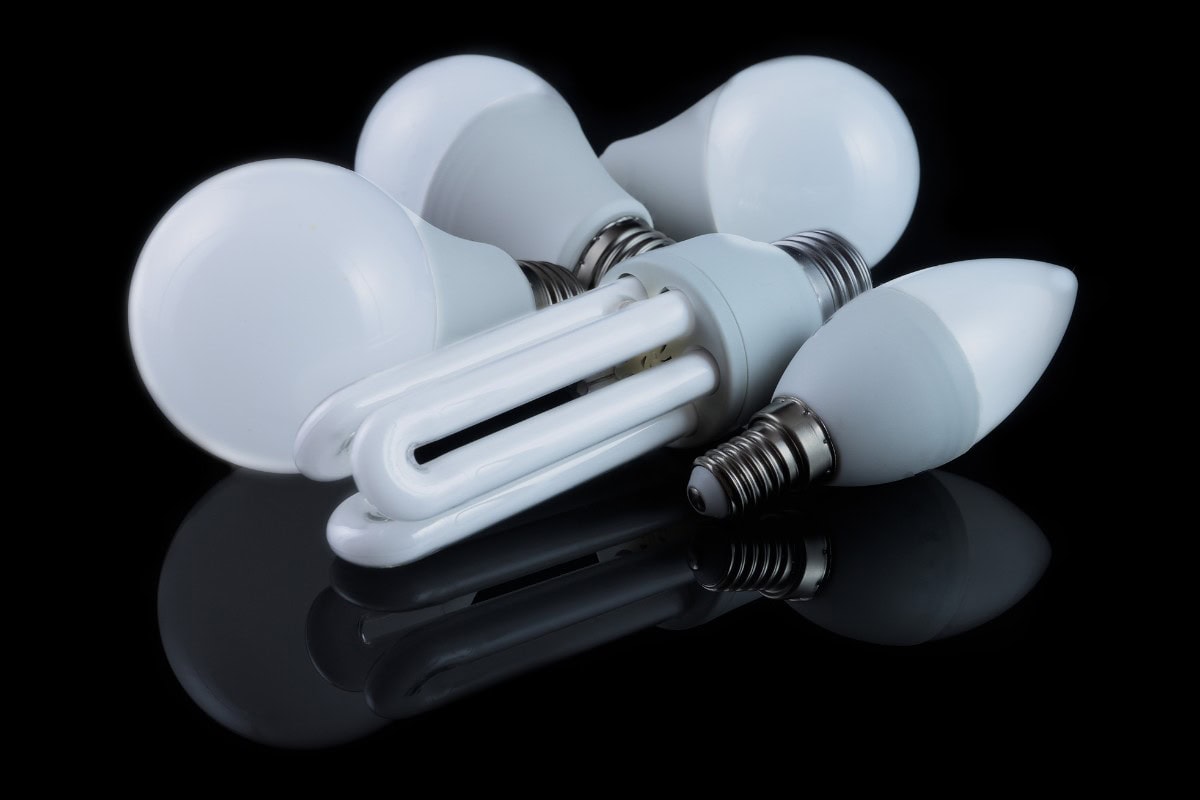What Is UVA Light
UVA light, or ultraviolet A light, also known as black light, is a type of ultraviolet light that falls within the wavelength range of 315 to 400 nanometers. It is one of the three types of ultraviolet light, along with UVB and UVC. UVA light is present in sunlight and is also produced by certain artificial light sources.
Uses of UVA Light
UVA light has various applications. It is used for lighting effects, such as in tanning beds or for medical treatments to address fungal or bacterial infections. The longer wavelength of UVA light makes it safer compared to UVB and UVC light, as it has less energy. In the lighting industry, UVA light is commonly used for special effects, such as creating fluorescent and phosphorescent colors.
Effects on the Human Body
UVA light can penetrate deeper into the skin compared to other types of UV light. This can result in skin damage, premature aging, and an increased risk of skin cancer. To protect yourself, you need to take precautions when exposed to UVA light for extended periods of time. Wearing sunscreen and protective eyewear can help minimize the risks associated with UVA light exposure.
Other Applications of UVA Light
Apart from its effects on the skin, UVA light also has its roles in various other applications. It is commonly used in blacklight fixtures, where it causes certain materials to fluoresce or glow. UVA light is also utilized in phototherapy, a medical treatment that involves exposing the skin to specific wavelengths of light to treat certain skin conditions.
Responsible Use of UVA Light
UVA light should be used responsibly and you should be aware of its potential harmful effects. Taking necessary precautions and understanding the risks associated with UVA light exposure is essential for maintaining skin and eye health.
Frequently Asked Questions
Do Cell Phones Emit UV Light
The blue light portion, which is emitted by digital devices like computers, tablets, flat screen TVs, fluorescent light bulbs, and smartphones, is part of the entire light spectrum that goes up to 700 nm. Both types of UV rays and blue light can be harmful to your skin and eyes. But there are measures you can take to minimize these risks.
What Materials Can Block UV Rays
Synthetic and semisynthetic fibers such as polyester or rayon are highly effective in blocking UV rays. Additionally, dense, heavy, and tightly woven fabrics like wool, denim, or corduroy also provide excellent sun protection.
Are LED Lights UVA
LED lights are classified as UV lights because they emit light within the UV spectrum, specifically UV-A. Traditional UV lights, known as compact fluorescent lights (UV CFL), also fall under this category due to the bulbs they use.








